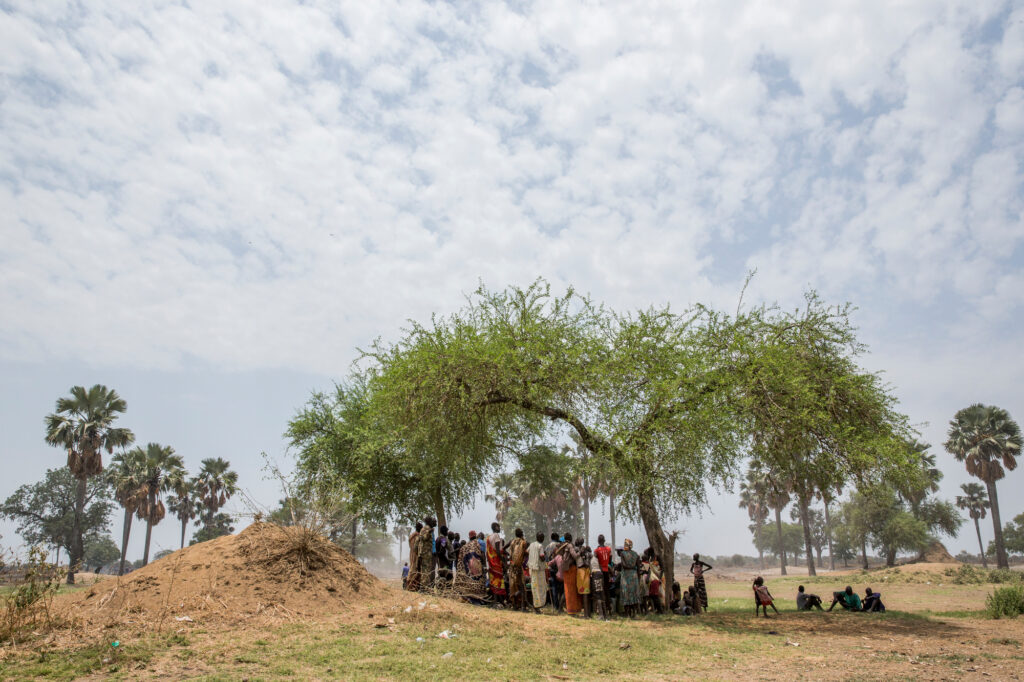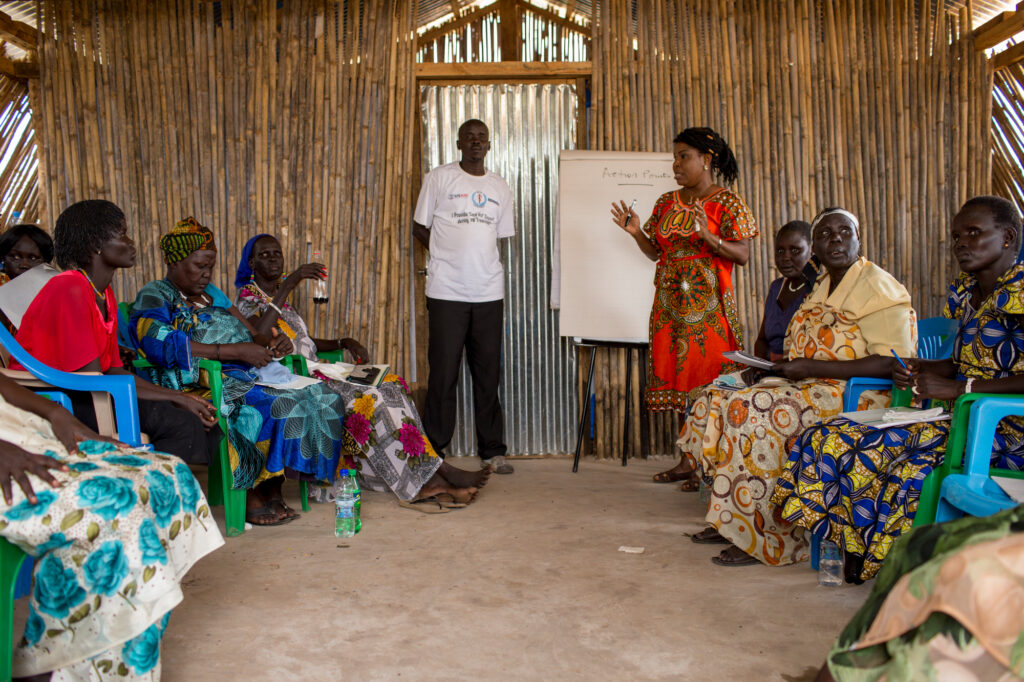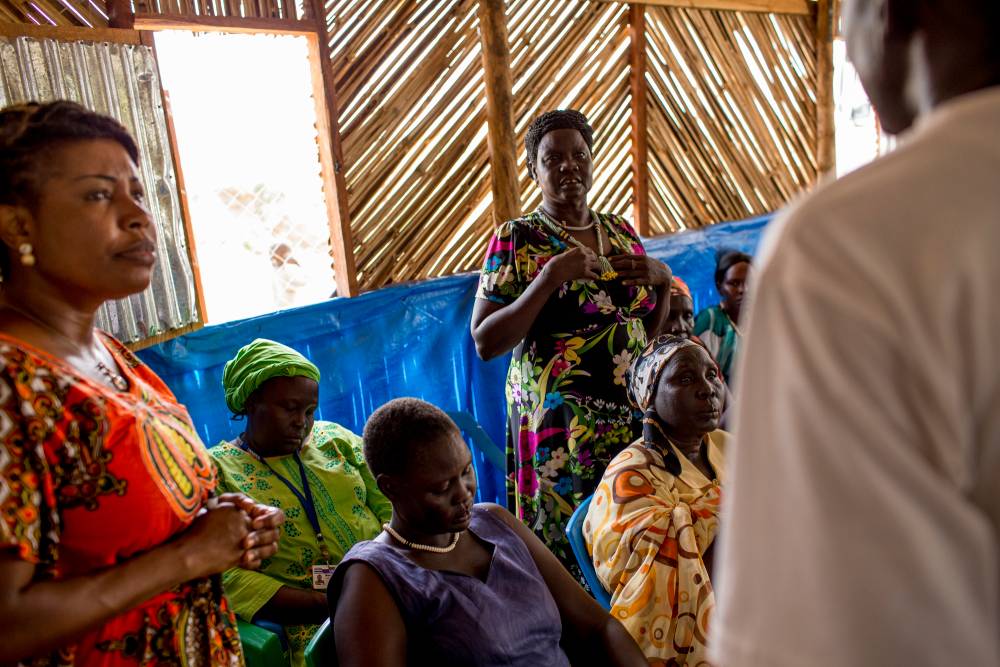Across the globe, an estimated 857 million small arms and light weapons are in civilian hands. This figure encompasses both legally and illegally owned weapons, reflecting the extent of civilian access to such worldwide.
Illegal small arms and light weapons play a major role in fuelling crime, conflict and armed violence. Not only that, but they undermine development and peacebuilding. States have taken actions to address the scourge of unregulated weapons, in the form of legal-regulatory frameworks or by embarking on top-down disarmament programmes to remove illicit and unregulated weapons from communities.
Yet, these efforts often fail or backfire. The reasons for failure vary. In some cases, civilians retain weapons for perceived self‑defence. In others, they mistrust State protection, or fear being left vulnerable to attacks from State security forces and non-state armed entities if they surrender arms. Understanding these failures requires looking beyond national frameworks to the local security dilemmas that compel communities to view arms as essential to survival
The “local” security dilemma and small arms races
Communities – in conflict-affected, post conflict, or resource scares environment – understood here as local groups bound by shared geography, livelihoods, social or economic activities, cultural heritage or kinship often view firearms as the only reliable means of protecting their vital resources be they grazing land, water points, or oil deposits.
In the southern Philippines, for example, firearms are often seen as necessary for self-defence. This is especially true in the context of clan conflicts (locally known as “rido”), protection against criminal threats or for personal security in communities where people feel vulnerable despite the formal end of armed hostilities.
Similarly, in parts of Latin America, the widespread availability of small arms and ammunition within communities is linked to the operational power of criminal gangs and drug cartels. In Kenya’s borderlands, periods of communal violence saw local politicians encourage the arming of their constituents. In this context, the Marakwet and Samburu communities pooled their resources to purchase firearms, transforming previously unarmed societies into highly militarized enclaves within a decade.[i]
This dynamic is known as a “security dilemma”. After one group arms itself, neighbouring communities feel compelled to do the same out of fear. This leads to arms races and entrenches insecurity amongst neighbouring communities. In such situations, communities that surrender their weapons can find themselves at the mercy of better-armed neighbours or criminals. This not only undermines peacebuilding but also risks escalating violence, driving weapons into illicit markets and exacerbating issues such as gender-based violence and erosion of community trust.
To break out of this insecurity cycle, UNIDIR is launching a new initiative to support community-level actors, especially those working in conflict prevention and violence reduction, to address a critical yet often overlooked question: if communities are unwilling or unable to disarm, how can we keep the guns silent?
Rethinking arms control in the community
Many peacebuilding efforts emphasize resilience and local engagement as pathways to peace and development, yet they often overlook the challenge of managing unregulated weapons in contexts where communities are ready to cease hostilities but not to surrender their arms to state authorities.
The Community-Led Arms Control (CLAC) initiative seeks to respond to this dilemma by integrating arms control measures into peacebuilding and armed violence reduction efforts at the community level – supporting a comprehensive approach to security and development that acknowledges, rather than ignores, the realities of civilian armament.
UNIDIR’s CLAC initiative examines how to combine strong State leadership with authentic community engagement to prevent illicit proliferation and misuse of arms held by civilians in fragile and conflict-affected settings. The initiative seeks to support local actors in co-designing context specific measures that link arms control with tangible improvements in community security and development, fostering trust, accountability, and shared responsibility between the communities and State institutions.
CLAC advances an adaptive and inclusive approach, recognizing communities as active agents in managing arms and mitigating armed violence. It complements existing legal and policy frameworks by emphasizing the role of local norms, social capital, and collective accountability in reducing the risks associated with civilian-held arms. The initiative would focus on:
- Community-level weapons and ammunition management e.g. safe storage, local registration and record-keeping, etc.;
- Arms control trust and confidence-building mechanisms between communities e.g. “hotlines”, information sharing on weapons holdings, etc.;
- Early warning, prevention and response mechanisms dealing with the movement of arms e.g. community monitors for illicit arms flows, integrating arms control into local conflict mediation.
The approach recognizes that communities have practical knowledge, social capital, and real incentives to manage their arms responsibly when provided with a voice, resources, and security assurances.

Why does CLAC matter now?
It is time we listened more closely to those living at the frontlines of armed violence; time to empower them to be the architects for safer, more just communities. A community-led arms control approach can build on existing community experiences to design and lead innovative strategies to reduce armed violence that go beyond traditional disarmament and demobilization approaches in the peace-making and peacebuilding toolbox. To do so the CLAC initiative will be guided by common principles across context:
- Participation and inclusion: Engage elders, traditional authorities, youth, women and marginalized groups in designing arms governance measures.
- Local ownership and co-construction: Communities lead decision‑making, supported by technical, legal and financial assistance from partners.
- Context-specific: Tailor measures to whether the setting is post-conflict, affected by organized crime, clan rivalry, inter-communal pastoralist conflict, or urban gang violence.
- Community accountability: To maintain compliance, use social norms, peer pressure, and locally legitimate sanctions alongside formal oversight.
- Hybrid models: Combine community-managed arrangements with state guarantees (security patrols, policing reforms, legal protections) and development incentives.
Experience shows that top‑down “best practices” drafted in Geneva or New York rarely gain traction in communities – including those in Marsabit, Kenya; Barranquilla, Colombia; and Dimasalang town, Philippines. Rather than producing a single prescriptive guidance document, UNIDIR is developing a compilation of context-specific options – a “recipe book” – to support communities in managing their weapons while preventing proliferation, misuse and human suffering.
In the coming years, the initiative will gather experience from diverse settings, including Kenya’s borderlands, Colombia’s urban gang and conflict-affected areas, the Philippines’ post-conflict normalization processes, the Liptako-Gourma civilian volunteer forces, and Albanian local self-governments and safety councils among others. This approach allows community peacebuilders to select and adapt strategies that suit their local realities, while maintaining the shared objective of strengthening arms control, building trust, and enhancing security.
By combining State, community and civil society perspectives in the co-design of locally-led measures, the initiative aims to establish a comprehensive, resilient, and locally owned framework for preventing armed violence and fostering sustainable peace. UNIDIR welcomes practitioners, researchers, peacebuilders and local actors to share their experiences, contribute insights from their contexts, and collaborate with us whether as data collectors, learning partners, or co-designers in this effort. This initiative depends on a growing network of contributors who can help shape tools that reflect real-world complexity and support meaningful local change. Sustained peace is achievable when communities are empowered to determine their own pathways to stability. Supporting such local ownership, community by community, strengthens the foundations of a safer and more peaceful world.

[i] Stakeholder Interview. (2025, June 10). Conducted on the sidelines of the RECSA 20th anniversary, Nairobi, Kenya.

